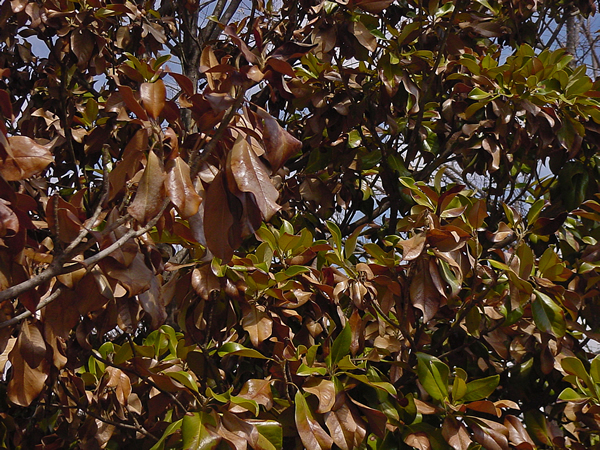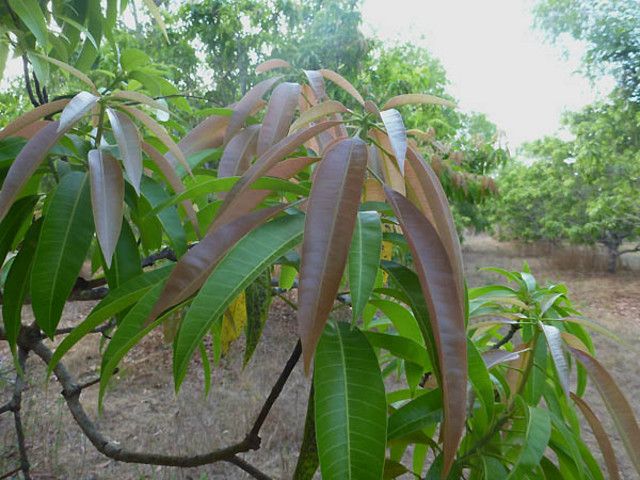Care for Ponytail Palm: Tips for Healthy Growth and Maintenance
Ponytail palm, also known as Beaucarnea recurvata, is a popular houseplant that is native to Mexico. Despite its name, the plant is not a palm tree, but rather a member of the agave family. Ponytail palm is a hardy plant that requires minimal care, making it an ideal choice for those who are new to gardening or have limited time to devote to plant care.
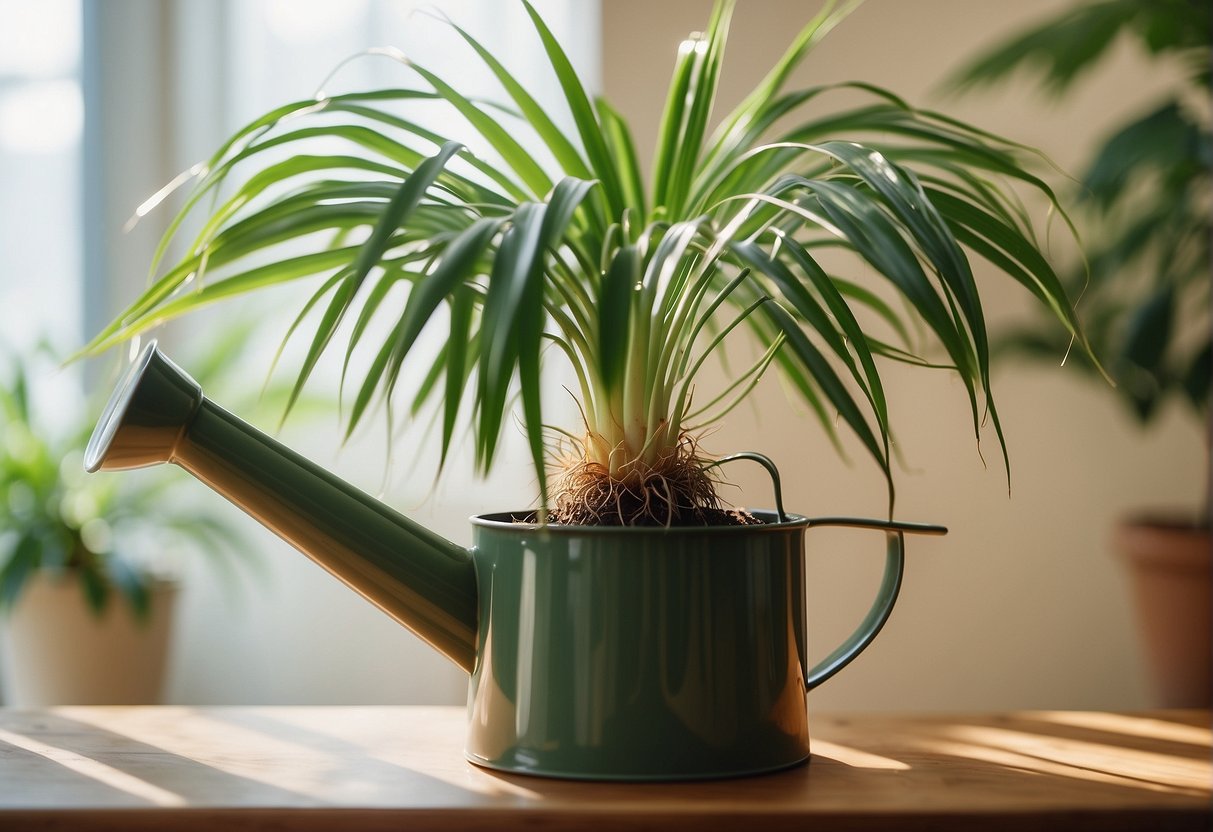
One of the most important aspects of caring for a ponytail palm is providing it with the right growing conditions. This plant requires bright, indirect sunlight and well-draining soil to thrive. It is also important to avoid overwatering, as the plant is susceptible to root rot. In addition, ponytail palm should be fertilized sparingly, as too much fertilizer can cause the plant to become leggy and weak. By following these simple guidelines, anyone can successfully care for a ponytail palm and enjoy its unique beauty for years to come.
Choosing the Right Pot and Soil
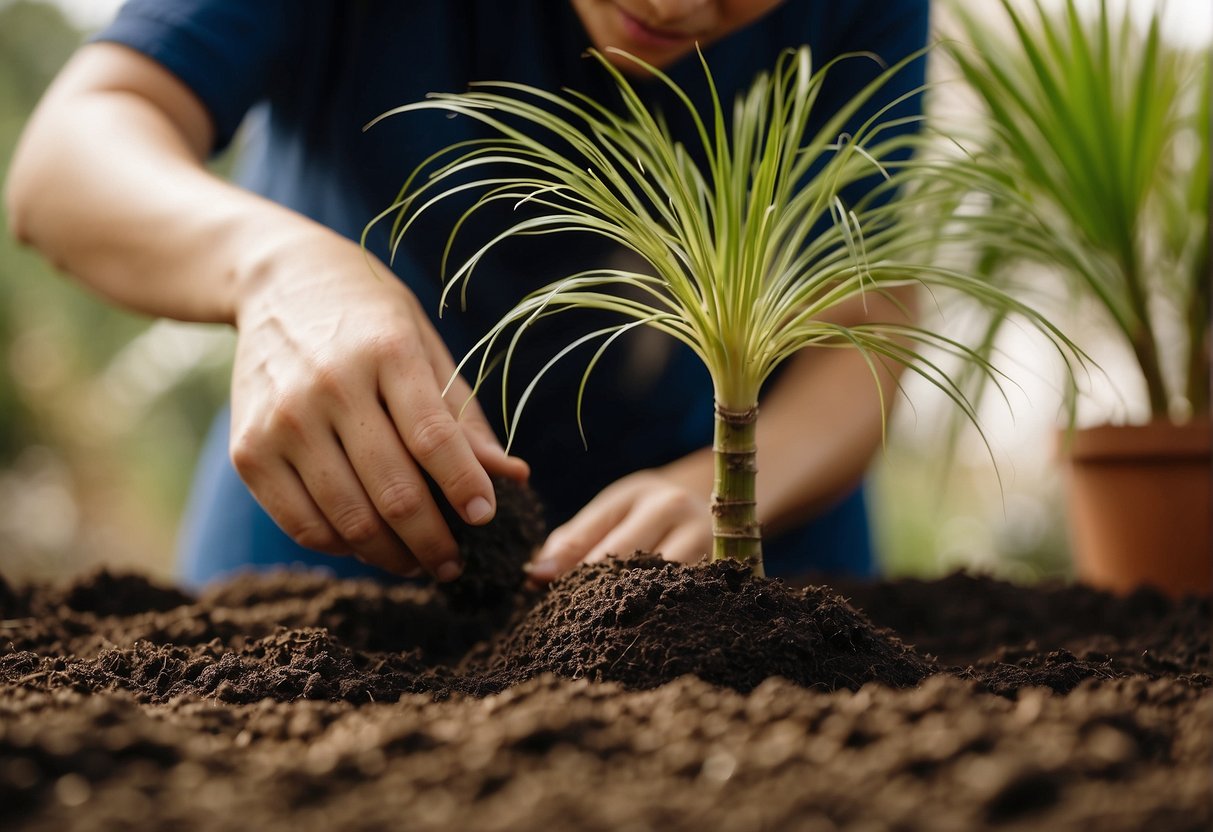
Pot Selection
When it comes to choosing the right pot for your ponytail palm, there are a few things to keep in mind. First, you want a pot that is slightly larger than the root ball of your plant. This will give your plant room to grow without drowning it in excess water.
You also want to consider the material of the pot. Clay pots are a popular choice for succulents like ponytail palms because they are porous and allow for air and water to circulate. However, plastic pots can work just as well as long as they have drainage holes at the bottom.
Soil Requirements
Ponytail palms require fast-draining soil to prevent root rot. A succulent potting mix or cactus potting mix is a good choice for this plant. These mixes are typically made up of sand, perlite, and other materials that promote drainage.
If you can’t find a succulent or cactus potting mix, you can make your own by mixing regular potting soil with sand or perlite. Just make sure that the soil is well-draining and doesn’t hold onto moisture for too long.
When repotting your ponytail palm, be sure to loosen the soil around the roots and remove any dead or damaged roots. This will help your plant establish itself in its new pot and prevent root rot.
In summary, choosing the right pot and soil for your ponytail palm is essential for its health and growth. Make sure to select a pot that allows for proper drainage and use a well-draining soil mix to prevent root rot.
Proper Watering Techniques
Watering Schedule
Ponytail palm requires watering only when the soil is completely dry. Overwatering can cause root rot, which can lead to the death of the plant. The frequency of watering depends on various factors such as the size of the pot, the humidity of the environment, and the amount of light the plant receives. In general, ponytail palm should be watered every two to three weeks during the growing season (spring and summer) and once a month during the dormant period (fall and winter).
Signs of Overwatering and Underwatering
Overwatering can lead to yellowing of leaves, mushy and smelly roots, and stunted growth. On the other hand, underwatering can cause brown tips on the leaves, wilting, and slow growth. To check if the plant needs watering, insert a finger into the soil up to the first knuckle. If the soil feels dry, it’s time to water the plant. If the soil is still moist, wait for a few more days before checking again.
It’s important to note that ponytail palm can tolerate drought better than overwatering. Therefore, it’s better to underwater than overwater the plant. When watering, water the soil directly and avoid getting water on the leaves or stem, as this can cause fungal diseases.
By following these proper watering techniques, one can ensure the healthy growth and longevity of their ponytail palm.
Light and Temperature Requirements
Ideal Light Conditions
Ponytail palms prefer bright, indirect light. They can tolerate some direct sunlight, but too much can cause the leaves to burn. It is best to place them near a window that receives bright, indirect light for most of the day. If your home does not receive enough natural light, you can supplement with artificial light.
Optimal Temperature Range
Ponytail palms thrive in warm temperatures between 60-80°F (15-27°C). They can tolerate lower temperatures, but they will not grow as well. It is important to keep them away from cold drafts and windows during the winter months. If the temperature drops below 50°F (10°C), the plant may suffer damage or die.
In summary, ponytail palms require bright, indirect light and a warm temperature range to thrive. By providing these optimal conditions, you can ensure that your ponytail palm will grow healthy and strong.
Fertilization and Pruning Practices
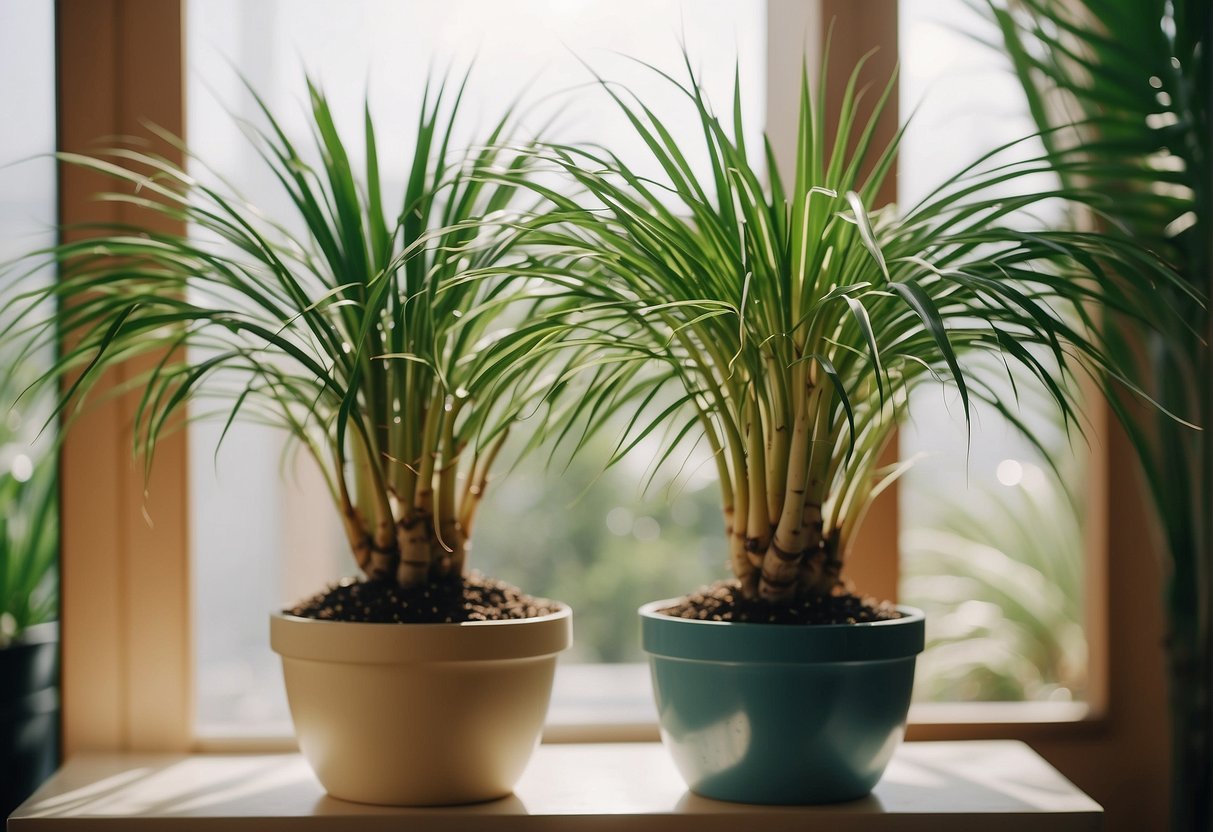
Fertilizer Use
Ponytail palms do not require frequent fertilization, but it is recommended to fertilize them once every 2-3 months during the growing season (spring and summer). Use a balanced, water-soluble fertilizer and dilute it to half strength before application. Overfertilizing can lead to burnt roots and leaves, so it’s important not to exceed the recommended dosage.
Pruning Techniques
Ponytail palms do not require regular pruning, but it’s important to remove any dead or damaged leaves to maintain the plant’s health and appearance. To prune, use a clean, sharp pair of pruning shears and make a clean cut as close to the base of the leaf as possible. Avoid cutting into the trunk or stem of the plant, as this can cause damage and inhibit growth.
In summary, fertilization and pruning practices are important for maintaining the health and appearance of ponytail palms. By following the recommended fertilization schedule and pruning techniques, owners can ensure their plants thrive for years to come.
Pest Management and Disease Prevention
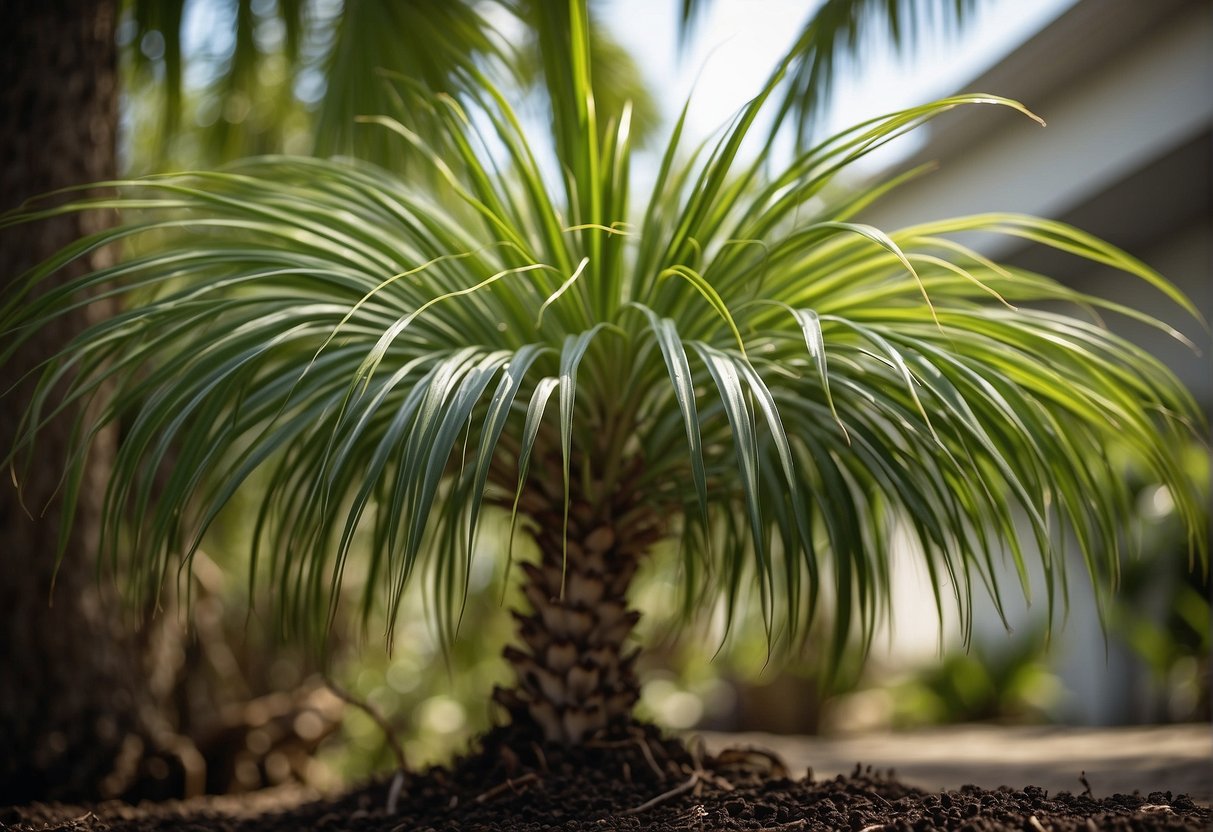
Common Pests
Ponytail palms are generally hardy and resistant to pests, but they can occasionally be infested by spider mites, scale insects, and mealybugs. Spider mites are tiny pests that can cause yellowing and stippling of the leaves. Scale insects are small, immobile pests that attach themselves to the leaves and stems, and can cause yellowing and premature leaf drop. Mealybugs are soft-bodied insects that feed on the sap of the plant, causing stunted growth, yellowing, and leaf drop.
To prevent infestations, it is important to keep the plant clean and free of debris. Regularly inspect the plant for signs of pests, and if any are found, isolate the plant and treat it with an insecticidal soap or horticultural oil. These products are safe for use on ponytail palms and can be purchased at most garden centers.
Disease Identification and Treatment
Ponytail palms are generally resistant to diseases, but they can be susceptible to bacterial leaf streak. This disease is caused by a bacterium that infects the leaves, causing yellowing and streaking. The affected leaves may eventually die and fall off.
To prevent bacterial leaf streak, it is important to keep the plant clean and free of debris. Avoid overwatering, as this can create conditions that are favorable for the growth of bacteria. If the plant does become infected, remove any affected leaves and treat the plant with a copper-based fungicide. These products are safe for use on ponytail palms and can be purchased at most garden centers.
Propagation and Repotting
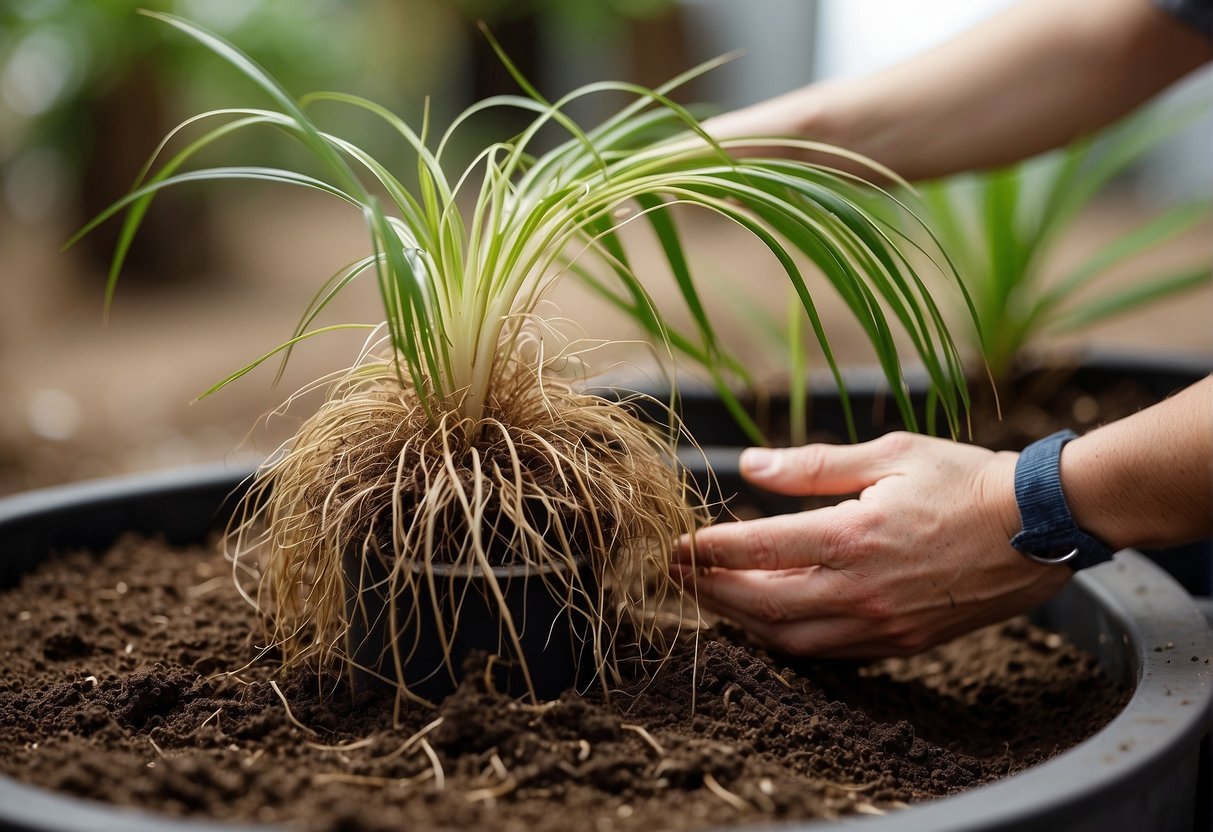
Propagating Ponytail Palm
Ponytail palm can be propagated by using its offsets, also known as pups. These offsets grow at the base of the plant and can be removed once they have grown to a decent size. To propagate ponytail palm, gently remove the offset from the mother plant using a sharp, clean knife. Make sure to cut as close to the base as possible without damaging the parent plant.
Once the offset has been removed, allow it to dry for a few days before planting it in a well-draining potting mix. It is recommended to use a rooting hormone to encourage root growth. Place the pot in a bright, indirect light and water sparingly until the offset has established roots.
When and How to Repot
Ponytail palm is a slow-growing plant and does not require frequent repotting. However, it is important to repot the plant once it becomes root-bound. Signs of a root-bound plant include roots growing out of the drainage holes, stunted growth, and yellowing leaves.
To repot a ponytail palm, gently remove the plant from its current pot and loosen any tangled roots. Choose a new pot that is only slightly larger than the previous one and fill it with a well-draining potting mix. Place the plant in the new pot and backfill with soil, making sure to leave enough space for watering. Water the plant thoroughly and place it in a bright, indirect light.
In summary, propagating ponytail palm can be done using its offsets, and repotting is only necessary when the plant becomes root-bound. By following these simple steps, your ponytail palm will thrive and grow into a beautiful addition to your indoor garden.
Frequently Asked Questions

What is the ideal watering schedule for a ponytail palm?
Ponytail palms are drought-tolerant plants that do not require frequent watering. In fact, overwatering is one of the most common mistakes that people make when caring for these plants. It is recommended to water the plant thoroughly and then allow the soil to dry out completely before watering again. The frequency of watering will depend on factors such as the size of the pot, the amount of sunlight, and the temperature. As a general rule, it is best to water the plant once every two to four weeks.
How much sunlight is required for a healthy ponytail palm?
Ponytail palms require bright, indirect sunlight to thrive. While they can tolerate direct sunlight, too much exposure can cause the leaves to burn. If the plant is kept indoors, it should be placed near a south-facing window that receives plenty of sunlight. If the plant is kept outdoors, it should be placed in a partially shaded area.
Can ponytail palms thrive in outdoor environments?
Ponytail palms are native to desert regions and can thrive in outdoor environments, provided they are planted in well-draining soil and receive plenty of sunlight. They are hardy plants that can tolerate a wide range of temperatures, but they are sensitive to frost and should be protected during the winter months.
What are the best practices for fertilizing a ponytail palm?
Ponytail palms do not require frequent fertilization, but they can benefit from occasional feeding during the growing season. It is recommended to use a balanced, water-soluble fertilizer once every three to four months. Be sure to dilute the fertilizer to half strength and apply it to the soil, not the leaves.
How should I address brown tips on ponytail palm leaves?
Brown tips on ponytail palm leaves can be caused by a variety of factors, including underwatering, overwatering, and exposure to cold temperatures. To address the issue, it is important to identify the underlying cause and adjust the plant’s care accordingly. If the brown tips are caused by underwatering, increase the frequency of watering. If they are caused by overwatering, reduce the frequency of watering and ensure that the soil is well-draining. If the plant has been exposed to cold temperatures, move it to a warmer location.
What steps are involved in propagating ponytail palm pups?
Ponytail palms produce “pups” or offshoots that can be used to propagate new plants. To propagate a ponytail palm pup, carefully remove it from the parent plant and plant it in a pot filled with well-draining soil. Water the plant thoroughly and then allow the soil to dry out completely before watering again. The new plant should begin to grow roots within a few weeks.

